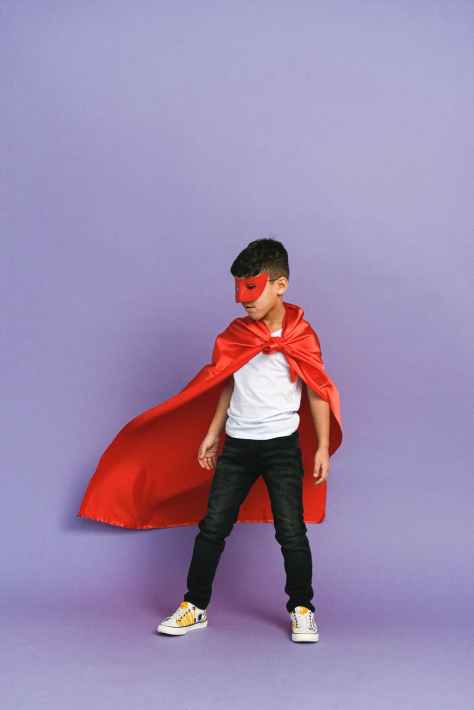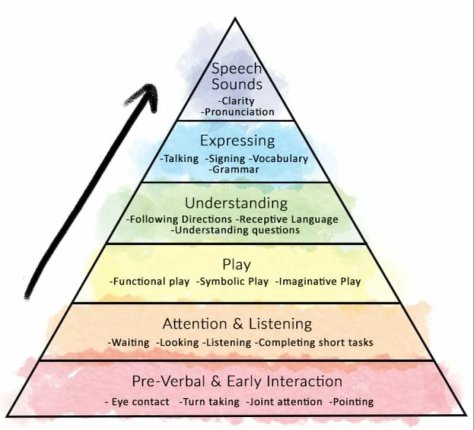With autism goes sensory processing challenges. And haircuts are the ultimate challenge for all things sensory.
People have spoken about physical pain at their hair being snipped, and others have explained the unbearable feeling as their hair is brushed or combed. These challenges are all before even considering the environment, the noises and most importantly communications.

But success can be achieved when you know the steps to tackle. It is about taking on step at a time, ensuring awareness of the process and what to expect.
Let me share the top tips for haircut success.
- Speak to the hairdresser about your child’s needs. I have found them to be very accommodating and keen to help. If they aren’t, go to the other hairdresser on the other side of the road, cause it is not like we are in short supply of options.
- After explaining the situation, ask the hairdresser if it is possible to come in 5 minutes before they open. I have never found this a problem, as it only takes 5 minutes to cut a child’s hair, and they tend to always be in a bit before opening time to grab a cuppa or get the different tools out.
- Arriving before they open and discussing your child’s needs, lets your child have the salon to themselves with no hairdryers, no fresh strange shampoo smells, and even the opportunity to ask for the music to be turned off and lights dimmed.
- Book the top hairstylist. This is due to a number of factors. They are experienced and can provide an excellent cut on child’s head no matter what contortion they put themselves in. They are quick, so less time in the stressful situation. They tend to be the manager of the salon, so something simple as turning down the lights does not need anyone’s approval.
- Before going to the appointment, visit the hairdresser a couple of times, with your child. Go inside and have a sit down. Take some photos to show before the appointment. This is all about becoming aware of the environment. Do this at the beginning of the day when it is quiet. You may need to do this in stages, firstly just going up to the door, and working up to actually going inside.
- On the day of the appointment, explain to your child where they are going. This can be verbally if they understand, pictures if they want to look at them, or my personal favourite, YouTube clips of a child getting their haircut to provide familiarity of the situation ahead.
- Brush your child’s hair before you leave the house. This removes one task for the hairdresser and starts a bit of desensitisation on their scalp. The hairdresser can immediately start cutting as soon as you arrive.
- Don’t feel your child needs to sit in the hairdressing chair with a cape around them. Let your child sit where they like. Offer to clean up afterwards.
- Distraction is key. Take an ipad, book, chocolate, favourite toy or do your signature crazy dance to entertain them while the hairdresser does her job. You have the place to yourself, so who cares what you look like.
- Keep to a simple cut. In my opinion, I have always kept Rhys’ hair in a long surfer cut. It allows for easy cutting, zero styling, and if he does miss a haircut, it is not as noticeable.
- At the end provide loads of praise.

You may manage to get your child’s hair cut following the above or you may not. It is about progression and taking one step at a time. However if it doesn’t work, there is an alternative option, and this is what we have now done.
Special needs schools have qualified hairdressers that cut the children’s hair. Phone around the special needs schools in your area, and get the name of the hairdresser that visits the school. These hairdressers tend to be freelance and will come to your house.
Follow the same steps as if you were going to a salon, the pictures, hair brushing and distractions. The benefit of a special needs hairdresser is that they know about things like autism. They are not scared about an anxious child, and accommodate and adapt to your child’s needs. They are also supper quick and will cut your child’s hair in the broom cupboard, if that is where your child feels safe.
I would recommend getting a siblings hair cut at the same time, or if you don’t have one, get a friends child or your husband to have their hair cut. This avoids you feeling bad about a hairdresser coming to your house and your child refusing a haircut. At least the hairdresser will be able to do someone else’s hair instead.

At the end of the day, if all fails and your child finds a haircut too distressing, remember, it is only a haircut. There are a lot bigger worries in our lives and our children having hair halfway down their backs is the least of them.
I suggest reading the below in conjunction with the communication strategies on this site as everything we do is better through communication.















